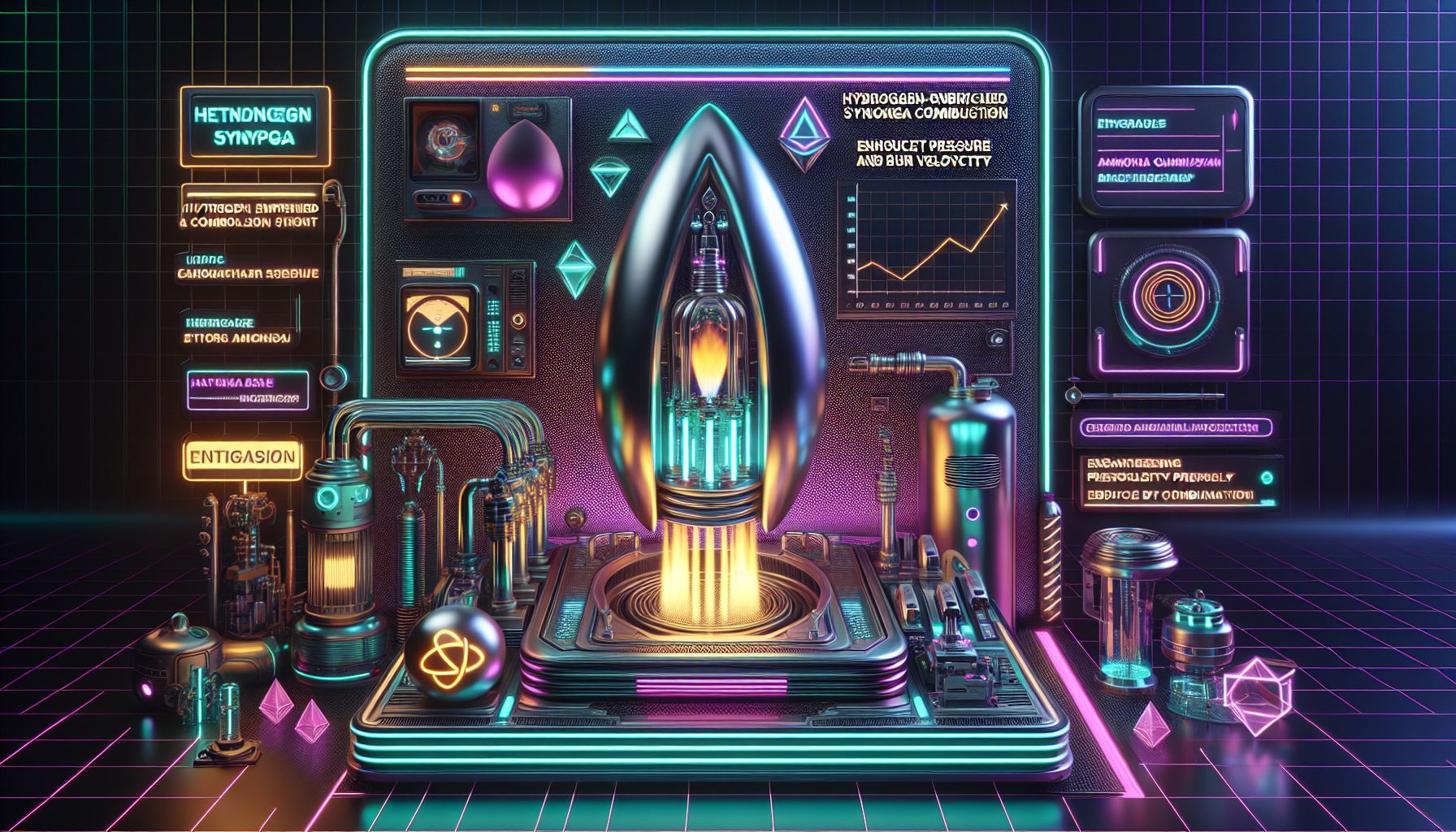Revving Up Efficiency: Syngas and Ammonia Combustion Dynamics

London, Wednesday, 18 June 2025.
Hydrogen-enriched syngas boosts ammonia combustion, enhancing peak pressure and burn velocity, while trimming combustion time. This efficient blend can power cleaner industries by optimising hydrogen use.
Enhancing Combustion with Syngas
When it comes to clean energy, adding hydrogen-enriched syngas to ammonia is a game-changer. Recent research demonstrates that boosting the syngas fraction improves key combustion traits like peak pressure and laminar burning velocity, while it shortens overall burn duration. By adding syngas, we observe a shift left in the pressure-time curve, resulting in a higher peak pressure and improved combustion efficiency [1][2]. This advancement suggests that by tweaking the syngas mixture, we can get more bang for our buck, making cleaner industrial processes a real possibility.
A Deep Dive into Data
Conducted at the University of Danang, the study involved ammonia and air mixtures in a controlled volume. The findings reveal that altering the hydrogen-to-carbon (H/C) ratio has a direct impact on combustion times and pressure profiles. For instance, when the H/C ratio climbs, there’s a noticeable linear rise in pressure peaks with lean mixtures, although this tends to level off in richer setups [1]. The data-driven approach highlights the nuances of these interactions, affirming the potential of NH3/syngas concoctions to influence real-world applications in energy generation and industry. The researchers’ meticulous approach ensures that these results are not just theoretical but applicable to practical scenarios [1].
Riding the Efficiency Wave
We find ourselves at the brink of a combustion revolution. With syngas, increasing its fraction can elevate peak pressures and reduce the time needed for combustion—a key factor in enhancing engine efficiency. Interestingly, this study shows that hydrogen’s high reactivity significantly perks up flame propagation speeds, especially in richer mixtures [1]. However, let’s not jump the gun. The impact of nitrogen as a diluent tends to dampen these gains, particularly beyond a 20% threshold, by dropping both pressure and flame velocity [1][3]. It’s a delicate dance of ratios and reactions, but when finely tuned, the results could shake up how we think about fuel efficiency moving forward.
The Broader Implications
In the grand scheme of energy innovation, these insights provide a practical pathway toward more sustainable fuel blends. By cleverly adjusting hydrogen-enriched syngas proportions, industries aiming to cut emissions without compromising on power are on a solid footing. With ammonia’s emerging role as a viable clean fuel, tapping into syngas mixtures could indeed lay the groundwork for a greener combustion framework. This aligns well with international roadmaps focusing on carbon reduction by mid-century, which place a growing emphasis on leveraging green fuels in industrial and transport applications [1][2]. So, while we might still be reliant on ammonia for a bit longer, the trajectory we’re on is clearly sparking exciting new perspectives.